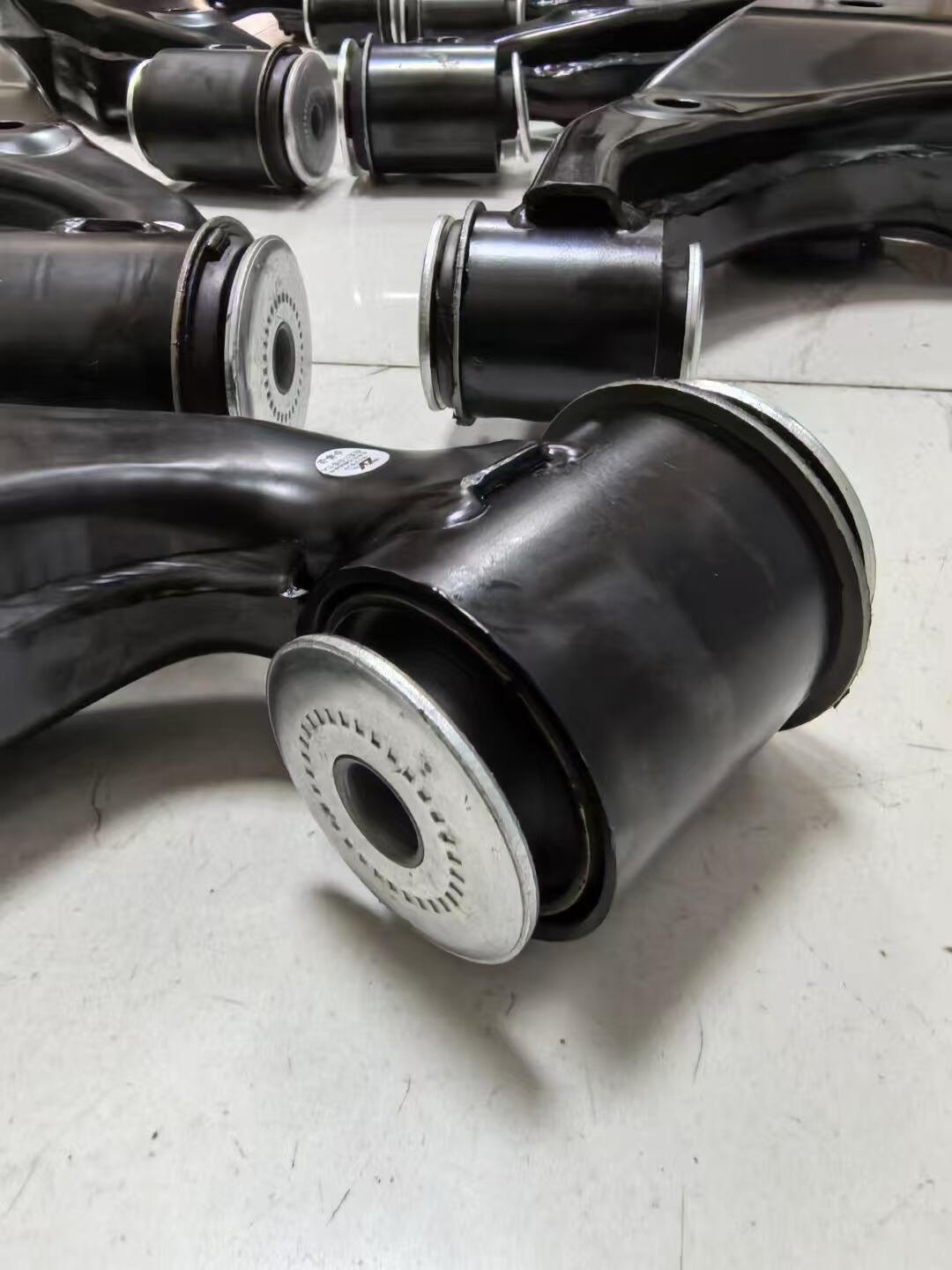latest design thermostat types
Modern design thermostats represent a significant evolution in home climate control technology. These sophisticated devices combine advanced temperature regulation with smart connectivity features, offering unprecedented control over indoor environments. Today's thermostats incorporate touchscreen displays, WiFi connectivity, and machine learning capabilities to optimize heating and cooling patterns. They can automatically adjust temperatures based on occupancy patterns, time of day, and even local weather conditions. Many models feature mobile app integration, allowing users to control their home's climate remotely through smartphones or tablets. These devices often include humidity sensors, motion detectors, and integration with other smart home systems. Some advanced models can even monitor energy usage in real-time, providing detailed reports and suggestions for energy savings. The latest designs also incorporate voice control compatibility with popular platforms like Alexa and Google Assistant, making temperature adjustments as simple as speaking a command. These thermostats can learn from user preferences and automatically create heating and cooling schedules, eliminating the need for manual programming.


